Girl Literacy Project
Girl literacy campaign to encourage girl child literacy in the rural parts of India; using unconventional media to grab people's attention.
Challenge
Discrimination against women is prevalent due to the inferiority complex that has been feeding itself over generations. As girls grow up, they develop this psychology where they treat themselves and women around them inferior to the men. They are encouraged by the society to behave in a restrictive social paradigm. Moreover, when the girls are devoid of education, they lack social and economic independence along with any decision making power. Education and financial independence is key to breaking this cycle and the social beliefs associated with them.
My initial research in some of the villages in Bihar and Uttar Pradesh showed that the traditional campaigns failed to reach the masses. This could be accounted to illiteracy prevalent in these areas. Moreover, the campaigns appear mostly in forms of posters or wall paintings with which people do not interact daily, and ignore in the most part.
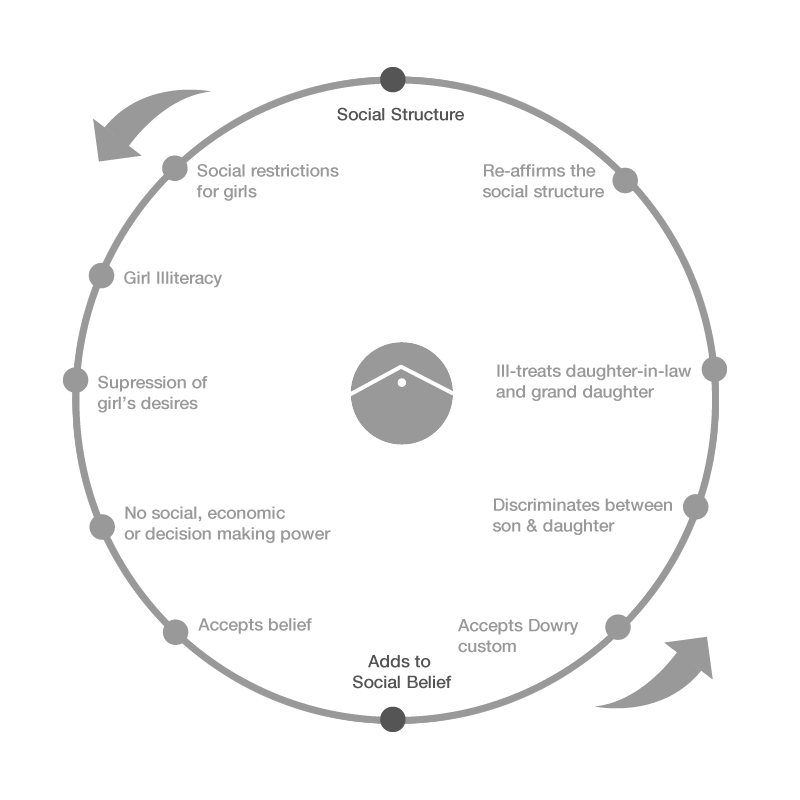
Approach
While there is available material that talks about the statistics of literacy in these regions, I wanted to focus on gathering rich data about the psyche of people living in these areas while understanding the social interactions. I spent few weeks living in some remote villages, to observe and conduct user interviews (one-one, open ended) with residents and the NGOs working in the region. I also talked to the government provided schools in these villages.

One of the goals of these visits was to analyze the existing campaigns in the region and the affect it had on the residents. As theorized earlier, I found limited affect of these campaings. While the government and NGOs were spending a lot on these campaigns, it did not seep into the social fabric.
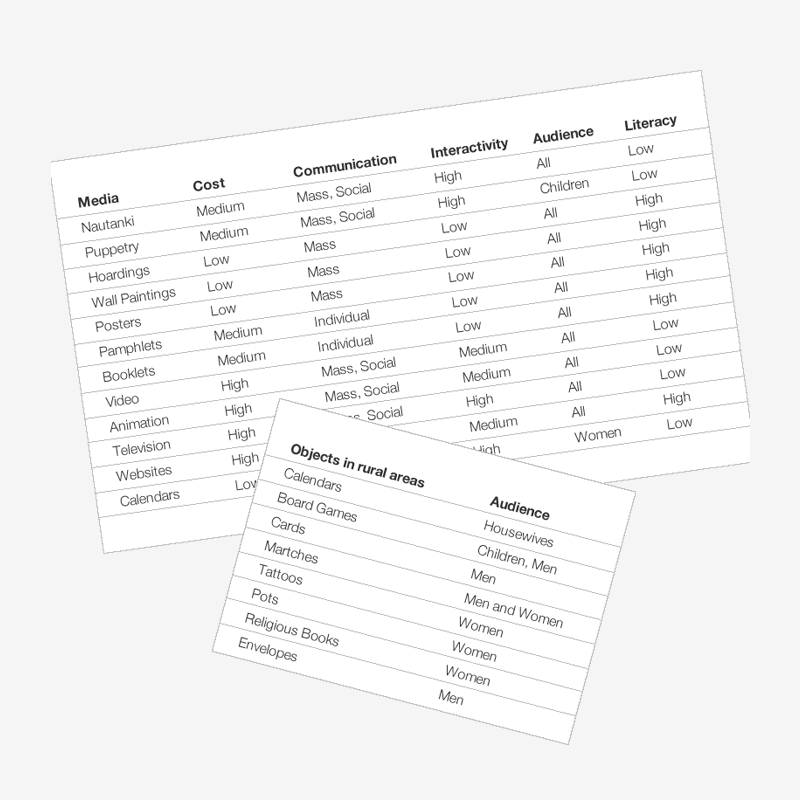
Understanding the household dynamics
Through my conversations with the residents, I realized that girl illiteracy is related to other social issues prevalent in the region like dowry, gender discrimination etc. I discovered that girl illiteracy is a cyclic process where girls are suppressed due to lack of education and financial independence. When these girls grow up, they themselves become agents of suppression by depriving the younger of any freedom, including education. Over years, this has become a norm in the society which no one is questioning due to lack of education and inability to see the advantages of empowering women. On the other hand, the bread winner in a house was considered as the final authority on any matter. In almost all cases, it was the father who would make the final decision and future of the younger ones. My efforts were focused on spreading the message to mothers, fathers and grand mothers of the households in these areas.
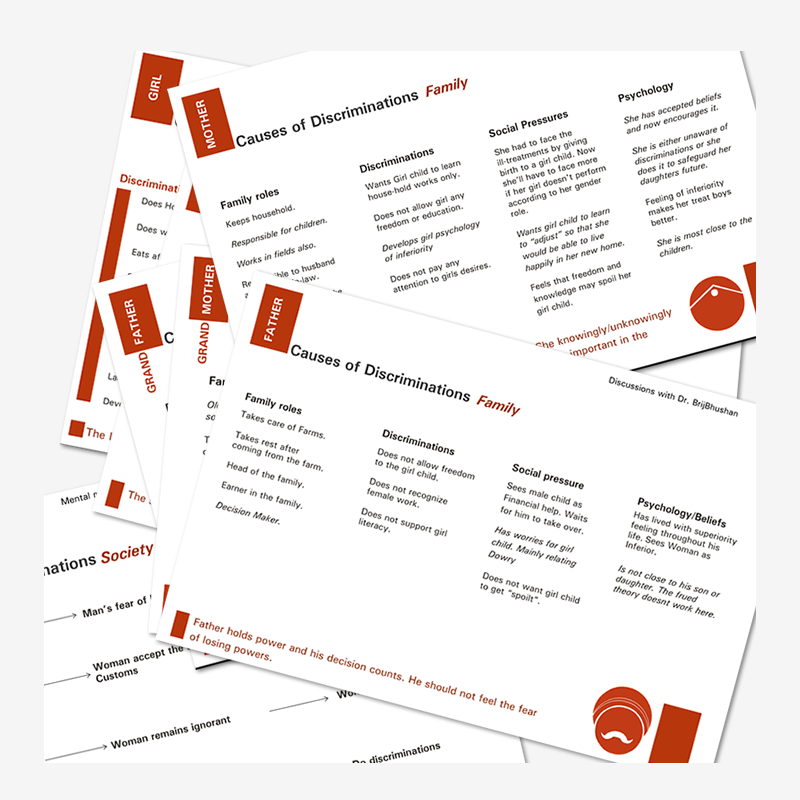
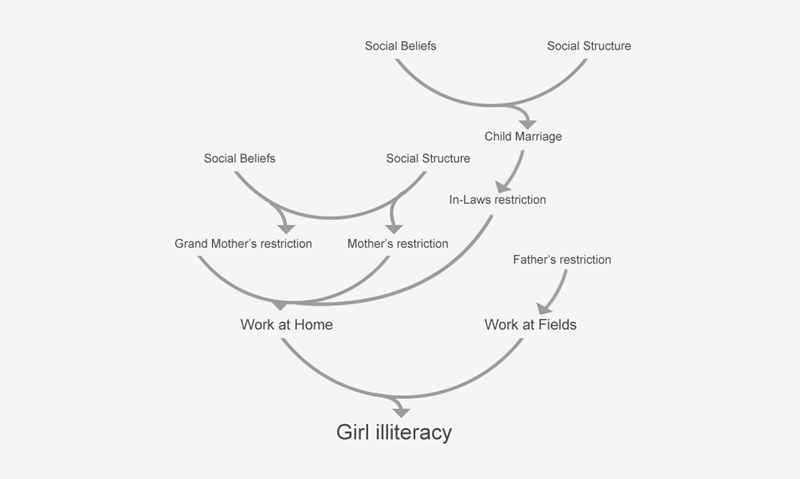
Design
The focus was to design a campaign using unconventional media which would become a part of daily lives of people so that they interact with it and receive a message in an informal, interesting way. The idea is to get the message out in an informal atmosphere where people can absorb the message and reflect on it. Women in the region spent a lot of time in their kitchen where calendars and matchboxes were common artifacts. For men, playing cards is a major source of entertainment. I started using these daily interactions as a media to communicate the message.

For this campaign, I wanted to get people's attention, but at the same time I did not want to shock them. I wanted to create a campaign that gels with their environment, so they are receptive of the idea. I used color pallete that matched their environment and also looked at the art prevelant in the area. In these areas, there is a unique style of painting that people draw during rituals. They use this style to draw deities and related symbols. I want to integrate similar style in the campaigns to make them important in the culture.
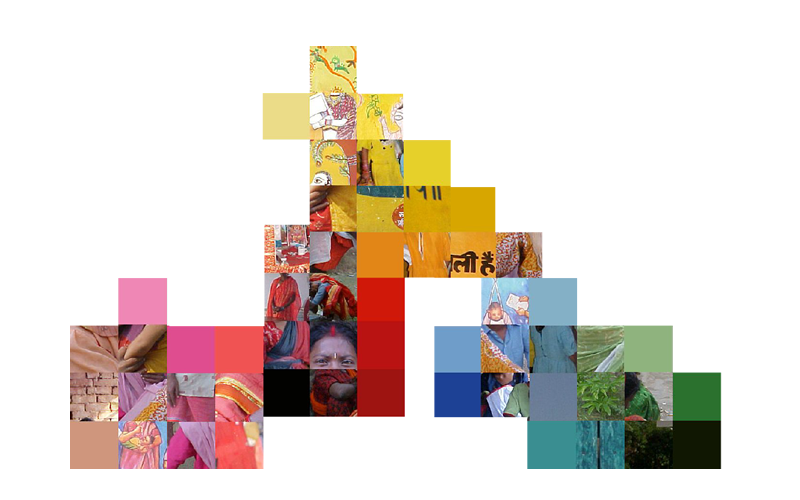
Playing Cards
Stories are also an important part of the culture here and is often and important way to communicate morales. I designed a campaign using playing cards, where each set runs a story on 'Chunni' (illiterate) and 'Munni' (literate). Chunni and Munni are common names in these parts of India. Set of cards depict the deference education brings in Munni's life. She leads a happier life and is able to make independent decisions. In contrast other set of cards show Chunni's struggles due to the lack of education and how it affects the society. The story isn't told linearly, but people get the story over time, as they play cards. The hope was to create a conversation point when they are relaxed and having a conversation.
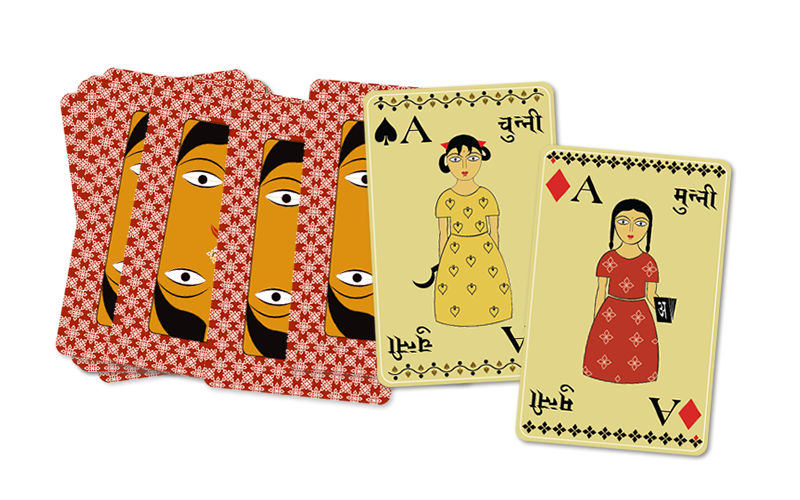
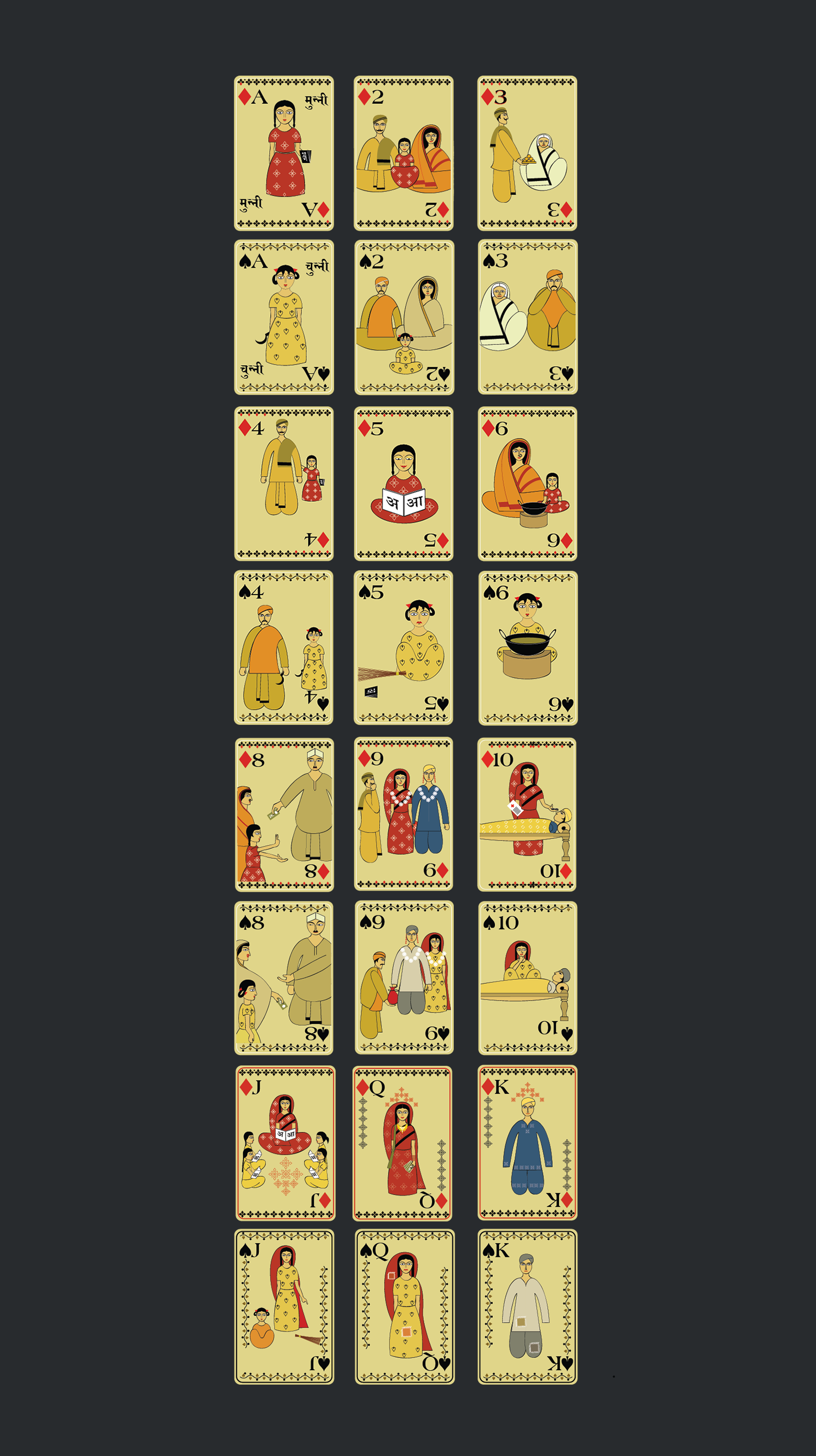
Matchbox
Matchboxes too are an important part of people's lives. They are commonly found in household and both with men and women in villages. Men and kids often play with empty match boxes. It is a collector's item for kids and they often exchange them. I wanted to use this to present the message in an interactive manner. In this design when the box is opened on one side, the character becomes unhappy while on when opened from the other side, the character gets a book and is happy.
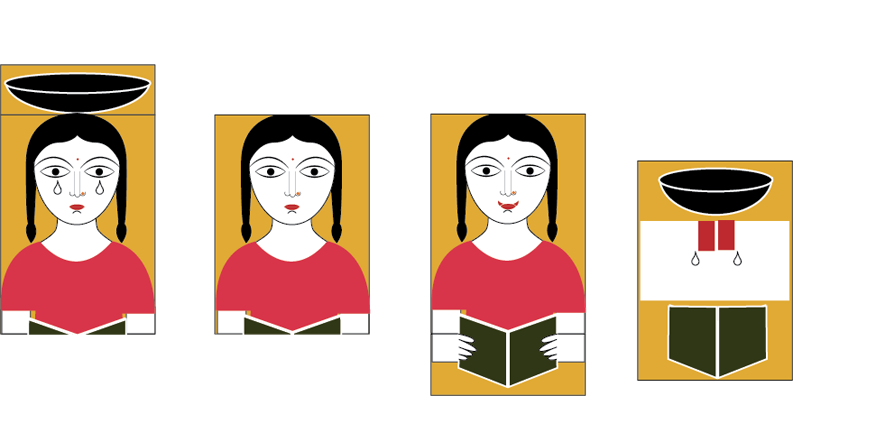
Impact
I was able to get the cards design implemented and printed. Other concepts included match boxes, calendars, envelopes etc, that were left at a concept level. The project was taken up by the local WHO for further development and implementation.